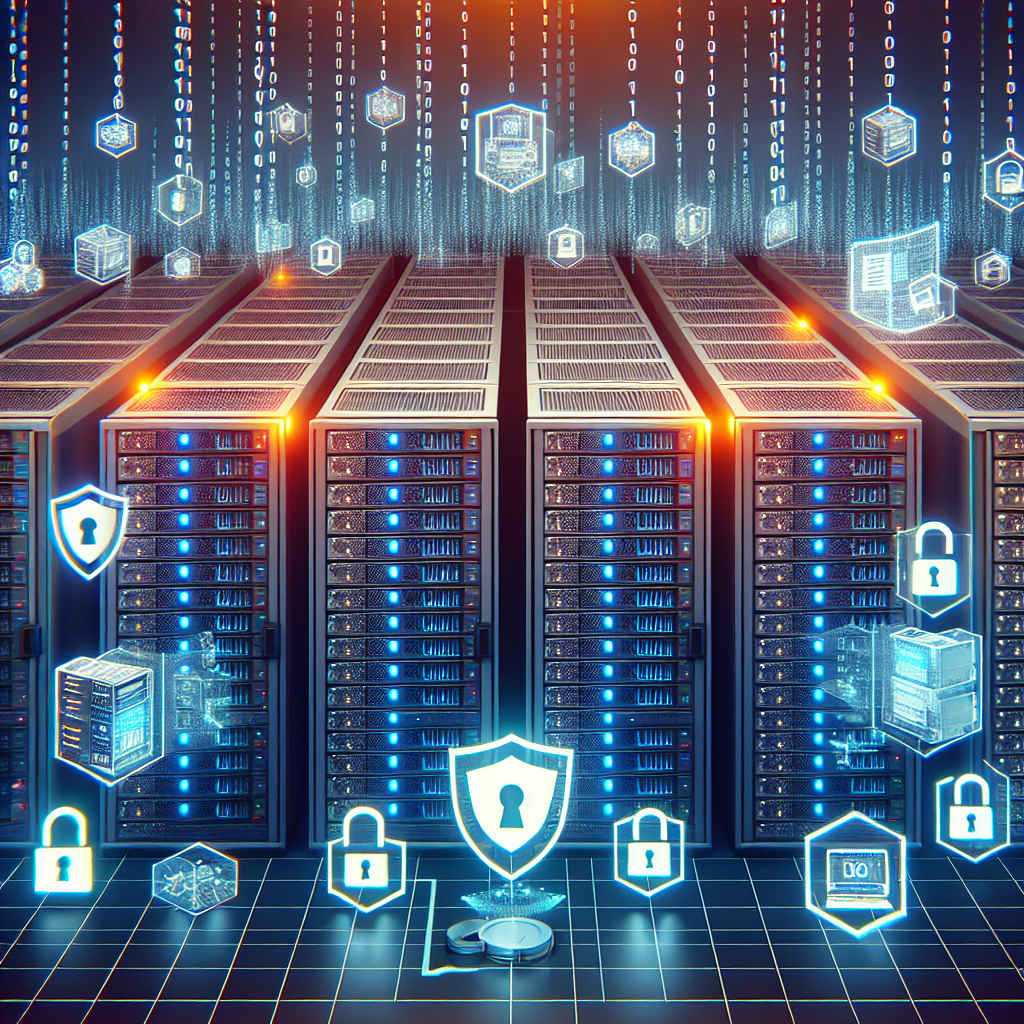Disaster Recovery Planning: Protecting Your Data Center from Cyber Threats and Security Breaches
In today’s digital age, data centers play a crucial role in storing and managing vast amounts of information for businesses and organizations. However, with the rise of cyber threats and security breaches, it has become more important than ever to have a solid disaster recovery plan in place to protect your data center.
Disaster recovery planning is the process of creating a strategy to ensure the continuity of operations and the protection of data in the event of a disaster, whether it be a natural disaster, a cyber attack, or a security breach. By having a comprehensive disaster recovery plan in place, you can minimize downtime, mitigate the impact of a disaster, and ensure the integrity and security of your data center.
One of the biggest threats facing data centers today is cyber attacks. Hackers are constantly looking for ways to infiltrate systems and steal sensitive information, putting businesses at risk of financial loss, reputational damage, and legal liabilities. To protect your data center from cyber threats, it is essential to implement strong security measures, such as firewalls, encryption, and intrusion detection systems. Additionally, regular security audits and penetration testing can help identify vulnerabilities and weaknesses in your system before they are exploited by malicious actors.
In the event of a security breach or cyber attack, having a disaster recovery plan in place can help you quickly recover and restore your data center operations. This plan should include detailed procedures for responding to and mitigating the effects of a security breach, as well as protocols for restoring data and systems to their pre-incident state. By having a clear and well-defined disaster recovery plan, you can minimize the impact of a cyber attack and ensure the continuity of your business operations.
In addition to protecting your data center from cyber threats, disaster recovery planning also involves preparing for other types of disasters, such as natural disasters or equipment failures. By implementing redundancy and backup systems, you can ensure that your data center remains operational even in the event of a power outage, hardware failure, or other unforeseen events. Regular testing and updating of your disaster recovery plan is also essential to ensure that it remains effective and up-to-date in the face of evolving threats and technologies.
In conclusion, disaster recovery planning is a critical component of protecting your data center from cyber threats and security breaches. By implementing strong security measures, creating a comprehensive disaster recovery plan, and regularly testing and updating your procedures, you can ensure the continuity of your operations and the security of your data center in the face of potential disasters. Don’t wait until it’s too late – start planning for disaster recovery today to safeguard your data center against cyber threats and security breaches.


